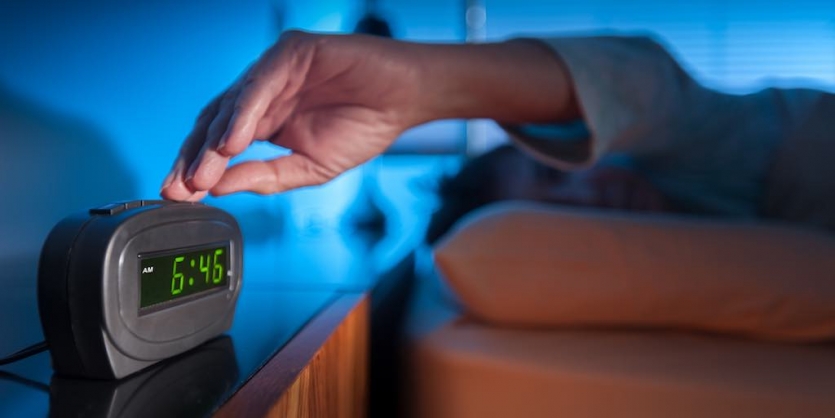Dr. Jennifer Lee’s Winter Skincare Tips
The following was written by Dr. Jennifer Lee. Dr.
Jennifer Lee is a graduate of Harvard Medical School and a
Board-certified Dermatologist. She is the Medical Director of REN
Dermatology, a comprehensive medical and cosmetic skin care center in
Franklin, Tennessee. She has been on clinical faculty at Harvard Medical School and Vanderbilt University Medical Center. Dr.
Lee has been named “Top Doctors” of Nashville, “Teacher of the Year” at
Vanderbilt, and “40 under 40” by the Nashville Business Journal.
Humidify
I’m a big fan of humidifiers in the bedroom during the winter. This simple solution keeps me from waking up with a scratchy throat from dry air or my face feeling dehydrated and tight. A humidifier helps to combat the dryness from indoor heat and the overall lower humidity levels in the air.Cleans Gently
Harsh weather calls for soothing skincare. Switch to a more gentle cleanser or creamier version like Celavive® Gentle Milk Cleanser. If you have particularly sensitive skin, you may want to skip any exfoliating treatments containing alpha-hydroxy acids altogether during the colder months.Moisturize
Moisturizing is essential to maintain healthy skin during the winter. The recommendation has always been to moisturize immediately after the shower to best lock in moisture. Some recent studies suggest it may not be as important whether you moisturize damp or dry skin. The bottom line is your skin simply needs added moisture. Dry skin can lead to irritation, breakouts, and itchy, red, flaking rashes called Asteatotic dermatitis—which unfortunately, we see quite often in the winter, especially on the lower legs. This condition will usually clear up with a prescription ointment from the dermatologist.Hand Care
Don’t forget to take care of your hands during cold, dry winter months. I often see patients who develop dermatitis of the hands and fingers. Due to extreme dryness and irritation small fissures occur, which are painful! Use moisturizers liberally on your hands, especially at night.Sun Protection
Even during the winter months it’s important to protect your skin from the sun. I like Celavive Protective Day Lotion SPF 30 under my foundation, or I use a tinted moisturizer that has SPF 30 or higher and skip the makeup. This way I’m still protected from sun damage if I’m running errands during the day or driving with bright sun shining through my car windows.Hyaluronic Acid Serums or Masks
Like Celavive Hydrating + Lifting Sheet Mask help boost your skin’s moisture. Serums can be applied under your moisturizer, 1–2 times a week. When masking, remember to apply moisturizer immediately after the mask is removed and the serum is absorbed.Omega-3 and Vitamin D
Don’t forget your omega-3 and vitamin D supplements during the winter months. Omega-3 fatty acids have been shown to improve skin barrier function and help maintain skin balance. Vitamin D is most effectively synthesized by sun exposure on the skin, but if you live in a part of the world with short days and decreased sunlight during winter, it’s beneficial to supplement your vitamin D intake.
Winter
is a magical time of year. And with a few simple steps, it’s easy to
keep your skin dewy and dazzling through this chilliest of seasons.









